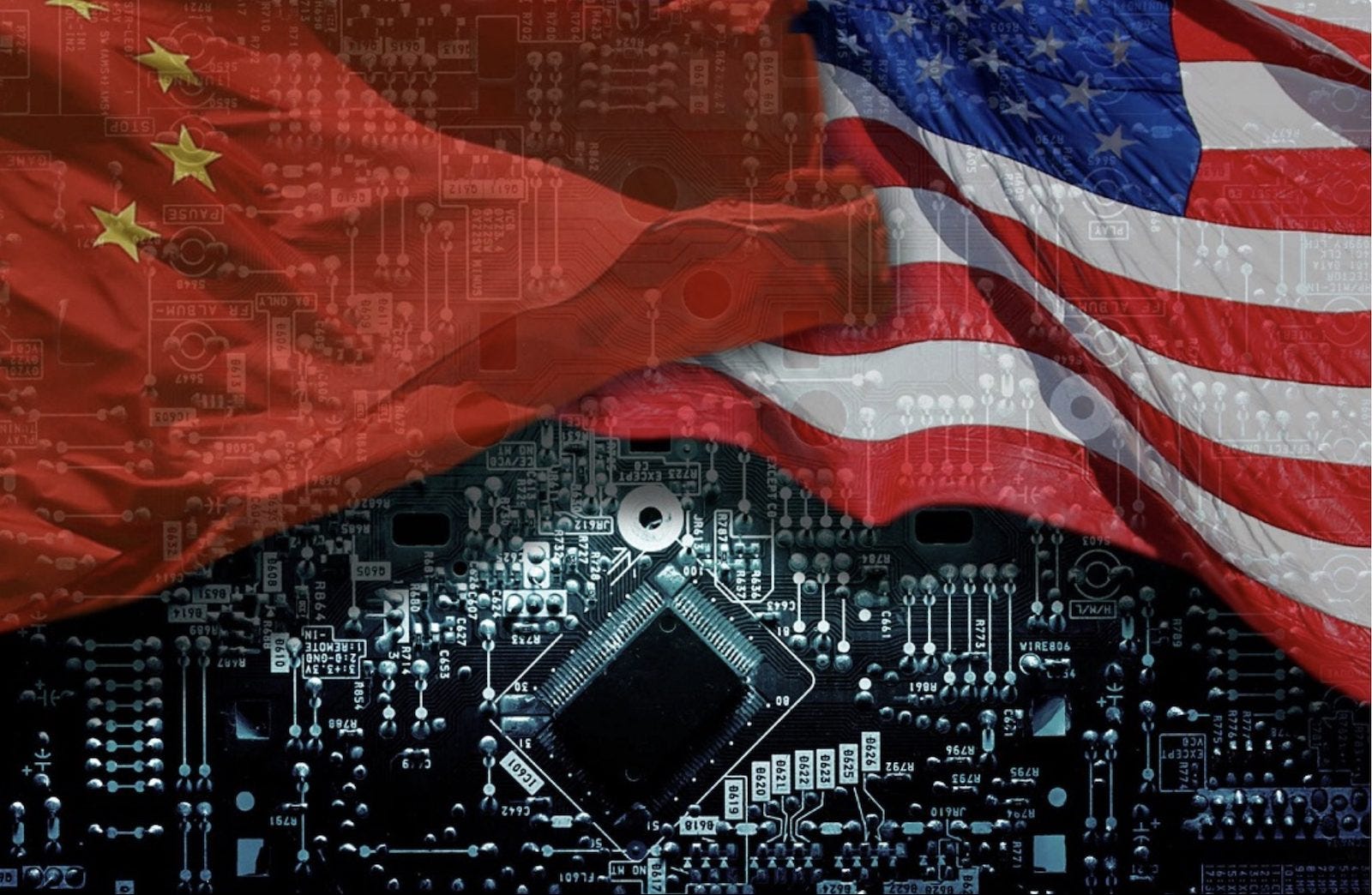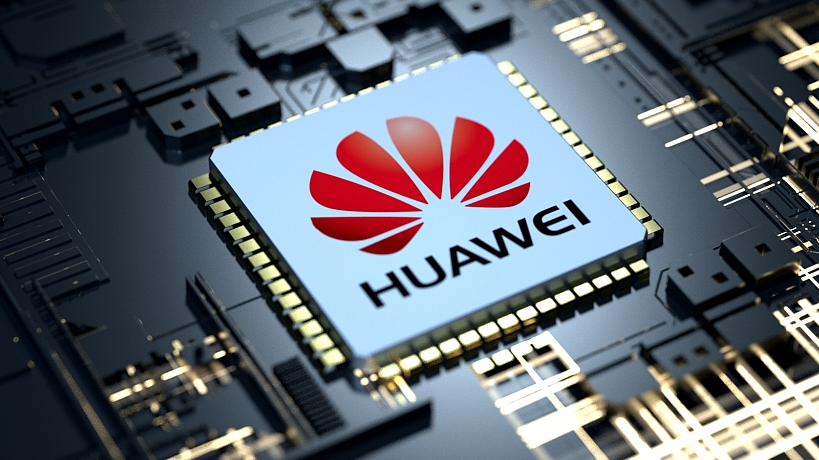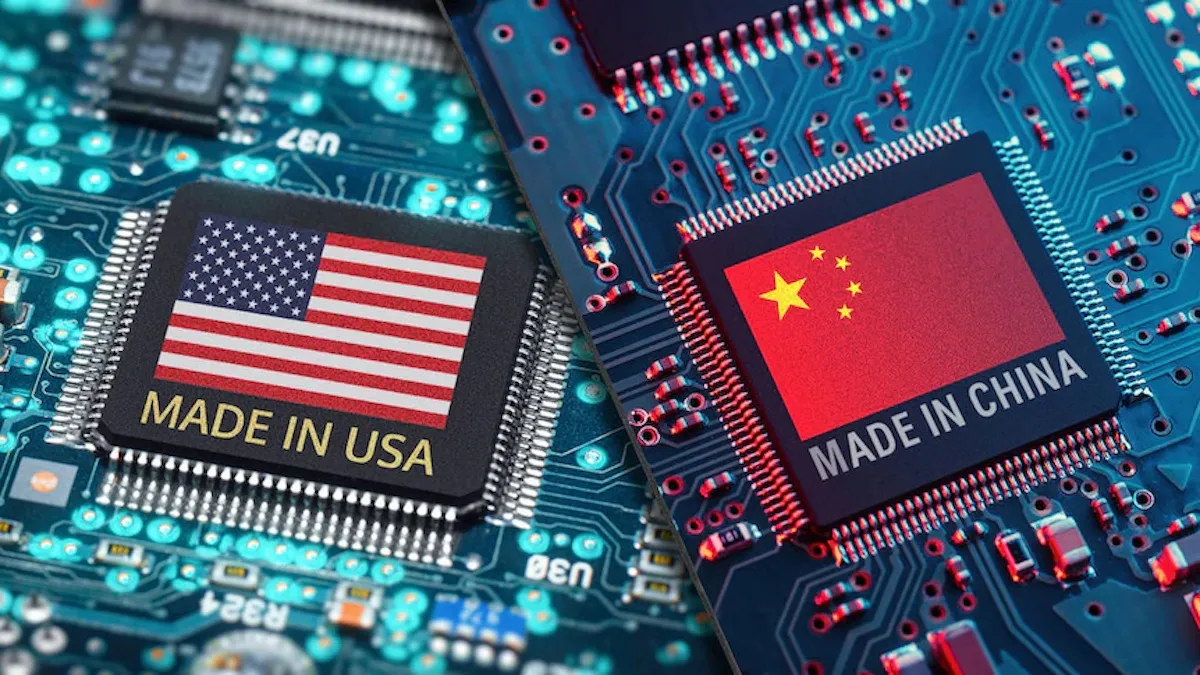China’s Extensive Exploration of U.S. Chipmaking Equipment Acquisition

A comprehensive report from the U.S.-China Economic and Security Review Commission has shed light on the persistent trend of Chinese companies procuring U.S. chipmaking equipment to propel advancements in their semiconductor capabilities. This dynamic remains robust despite the Biden administration’s endeavors, commencing in October 2022, to impose export constraints aimed at impeding China’s strides in the semiconductor industry. These restrictions specifically target preventing Chinese chipmakers from acquiring U.S. chipmaking tools intended for the production of advanced chips at or below the 14 nanometer node.
The report underscores a notable loophole in the existing regulations. The reliance on the 14 nanometer restriction by the Commerce Department enables importers to assert that the equipment is designated for deployment on older production lines. This introduces a considerable challenge in verifying the equipment’s actual usage and impedes effective enforcement, allowing Chinese companies to procure equipment capable of manufacturing more advanced chips.
Unraveling the Mystery of Huawei’s Technological Leap

The immediacy of addressing this issue becomes apparent with the revelation that the United States is grappling with the mystery of how Huawei, a prominent Chinese telecoms giant, managed to develop a cutting-edge 7 nanometer chip for its Mate 60 Pro smartphone at China’s leading chipmaker, SMIC. This achievement occurred despite the implementation of export curbs in the preceding year. While Huawei and SMIC were subjected to trade restrictions in 2019 and 2020, the report suggests that SMIC may have sourced equipment before the October 2022 rules or explored alternative avenues to secure the necessary technology.
The efforts to curb China’s access to advanced chipmaking tools encountered a setback due to a temporal gap between the U.S. restrictions in October 2022 and similar measures enacted by allies Japan and the Netherlands in July and September 2023, respectively. China capitalized on this window, accumulating a stockpile of equipment during this interim period.
Notably, the report discloses that between January and August 2023, China imported $3.2 billion (RMB 23.5 billion) worth of semiconductor manufacturing machines from the Netherlands, marking a substantial 96.1% increase compared to the same period in 2022. Overall, China’s imports of semiconductor equipment from all countries totaled $13.8 billion (RMB 100 billion) in the initial eight months of 2023.
While the report refrains from proposing specific remedies to address the existing gaps in U.S. regulations, it advocates for Congressional intervention. The suggestion is to request an annual evaluation by the General Accountability Office. This evaluation, to be completed within six months and subsequently made public, would assess the effectiveness of export controls on chipmaking equipment destined for China. The U.S.-China Economic and Security Review Commission, established in 2000, operates with the mandate to present an annual report to Congress on the national security implications of economic ties between the United States and China, accompanied by recommendations for governmental action.
Read More (Tech)








